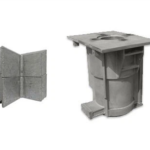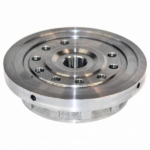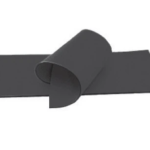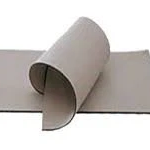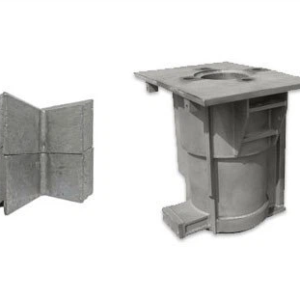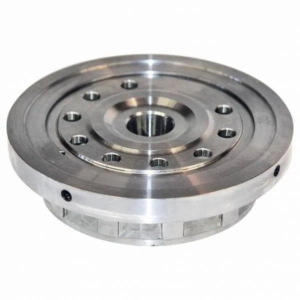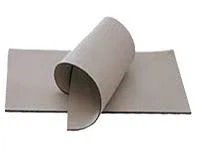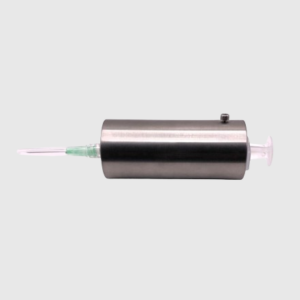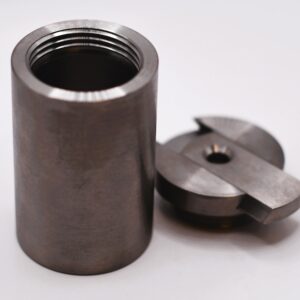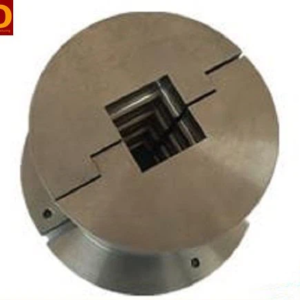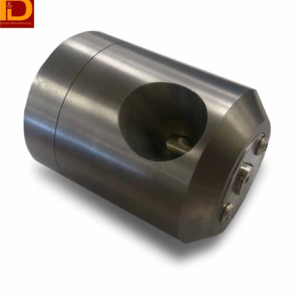What is Nuclear Reactor/ Fusion Reactors?
While nuclear reactors are typically seen as a product of modern technology, however, the first nuclear fission reactors were naturally occurring. Under specific conditions mirroring those in engineered reactors, natural nuclear fission reactors can occur.
Nuclear fusion is the process where atomic nuclei of similar charges merge to create a heavier nucleus. This process involves the release or absorption of energy, which allows matter to enter a plasma state.
Smart tungsten-based alloys are under development as plasma-facing components for a future fusion power plant. These smart alloys are designed to dynamically adjust their properties based on environmental conditions. During plasma operation, they act as sputter-resistant plasma-facing materials, and in the event of a power plant accident, they suppress the sublimation of radioactive tungsten oxide. Current research focuses on innovative smart alloys incorporating yttrium.
Remarkably, thin film smart alloys exhibit a remarkable 105-fold reduction in mass increase due to oxidation compared to pure tungsten at 1000°C. Newly developed bulk smart tungsten alloys showcase even greater resistance to oxidation when compared to thin films. In the initial plasma test of smart alloys conducted under conditions relevant to DEMO, the mass removal was found to be consistent with that of pure tungsten due to sputtering by plasma ions. Notably, exposed smart alloy samples exhibit superior oxidation performance compared to previously developed tungsten–chromium–titanium systems.
Natural nuclear reactors originated when a mineral deposit rich in uranium was submerged in groundwater, serving as a neutron moderator, and initiating a strong chain reaction. As the reaction intensified, the water moderator would boil away, effectively slowing down the reaction and averting a meltdown. This enduring fission reaction spanned hundreds of thousands of years.
Due to its exceptional radiation-avoidance properties, tungsten alloy is becoming more prevalent in nuclear reactor facilities, known as tungsten alloy nuclear reactors.

